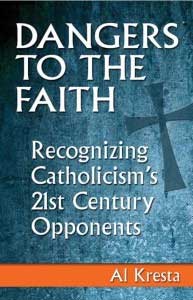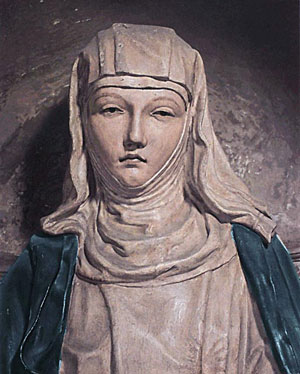A delight to discuss Catholic Social Teaching with Dr. Joseph Capizzi, Associate Professor of Moral Theology at the Catholic University of America.  He is co-editor of a phenomenal new resource entitled “A Catechism for Business: Tough Ethical Questions and Insights from Catholic Teaching”. A rare work which makes the complex issues of ethics, found in our society, simple and accessible for lay faithful reflection and deeper study. Truly, a must have, not only for thebusiness office, but for every Catholic home and parish.
He is co-editor of a phenomenal new resource entitled “A Catechism for Business: Tough Ethical Questions and Insights from Catholic Teaching”. A rare work which makes the complex issues of ethics, found in our society, simple and accessible for lay faithful reflection and deeper study. Truly, a must have, not only for thebusiness office, but for every Catholic home and parish.
Podcast: Play in new window | Download (Duration: 28:00 — 25.6MB) | Embed
Subscribe: Apple Podcasts | Spotify | Amazon Music | Android | Pandora | iHeartRadio | JioSaavn | Podchaser | Gaana | Podcast Index | Email | TuneIn | Deezer | Anghami | RSS | More
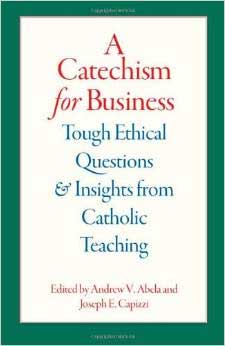 You can find the book here
You can find the book here
This is a brilliantly conceived and executed handbook. I imagine that it will be translated into many languages around the world. A Catechism for Business is the most practical handbook of Christian social teaching in relation to the vocation of persons in business ever produced.
Michael Novak, 1994 Templeton LaureateThe Church’s social teachings are a “best-kept secret” because they are often presented as answers without questions. Dr. Capizzi and Dean Abela have provided the questions, from the heart of the business enterprise, along with accurate but succinct responses from Catholic social doctrine. In their expert hands, the teaching has a chance to be heard.
Francis Cardinal George, O.M.I., Archbishop of ChicagoWork is not only a necessary activity but a beautiful expression of our creative nature, and this book is a vital resource for anyone who wishes to align work–and the workplace–according to God’s love and vision of the human person. Authors Abela and Capizzi do a great service to Christians in providing the most relevant Catholic teachings on the matters of labor, business, employment, wages, economic systems, and a myriad of related issues so relevant and so contentious in today’s world.
Carl Anderson, Supreme Knight, Knights of Columbus, and author, A Civilization of Love: What Every Catholic Can Do to Transform the World




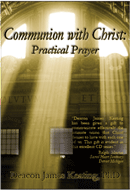
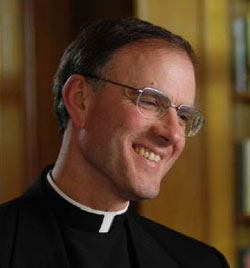
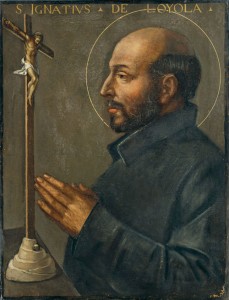
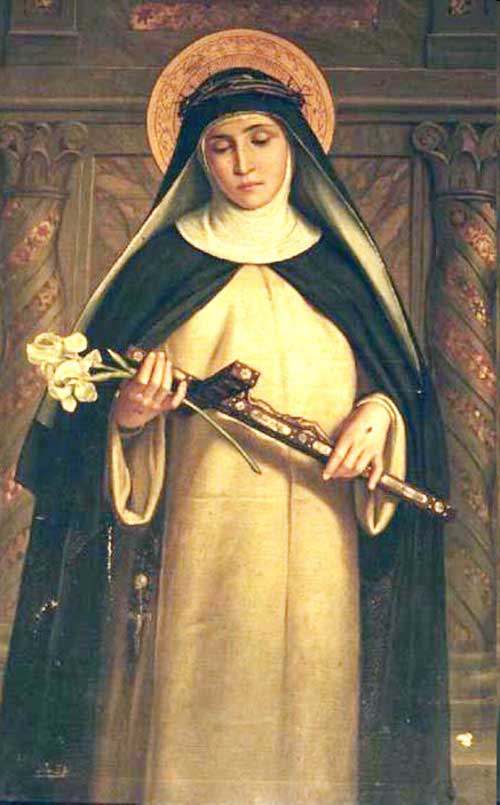
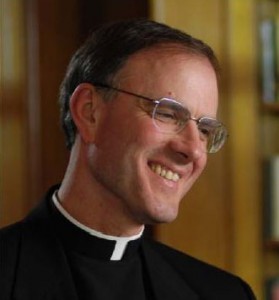
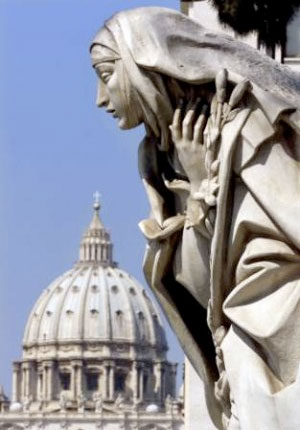
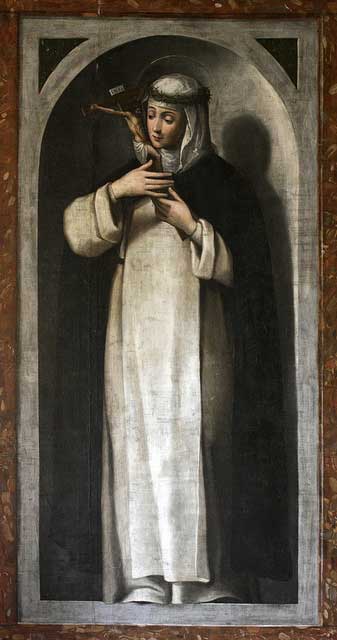
 Catholicism’s 21st Century Opponents” in his newest book published by Our Sunday Visitor. The secular world has presented many twisted versions of the “Truth” over the years: from New Age thought to Isalm, Scientism to Consumerism, Oprah and Shirley to Bart Erhman and Carl Sagan. Al Kresta challenges the “opponents” of faith with Christ-like love and wisdom. In the process, he teaches us all how to evangelize as a true disciple of Christ.
Catholicism’s 21st Century Opponents” in his newest book published by Our Sunday Visitor. The secular world has presented many twisted versions of the “Truth” over the years: from New Age thought to Isalm, Scientism to Consumerism, Oprah and Shirley to Bart Erhman and Carl Sagan. Al Kresta challenges the “opponents” of faith with Christ-like love and wisdom. In the process, he teaches us all how to evangelize as a true disciple of Christ. 